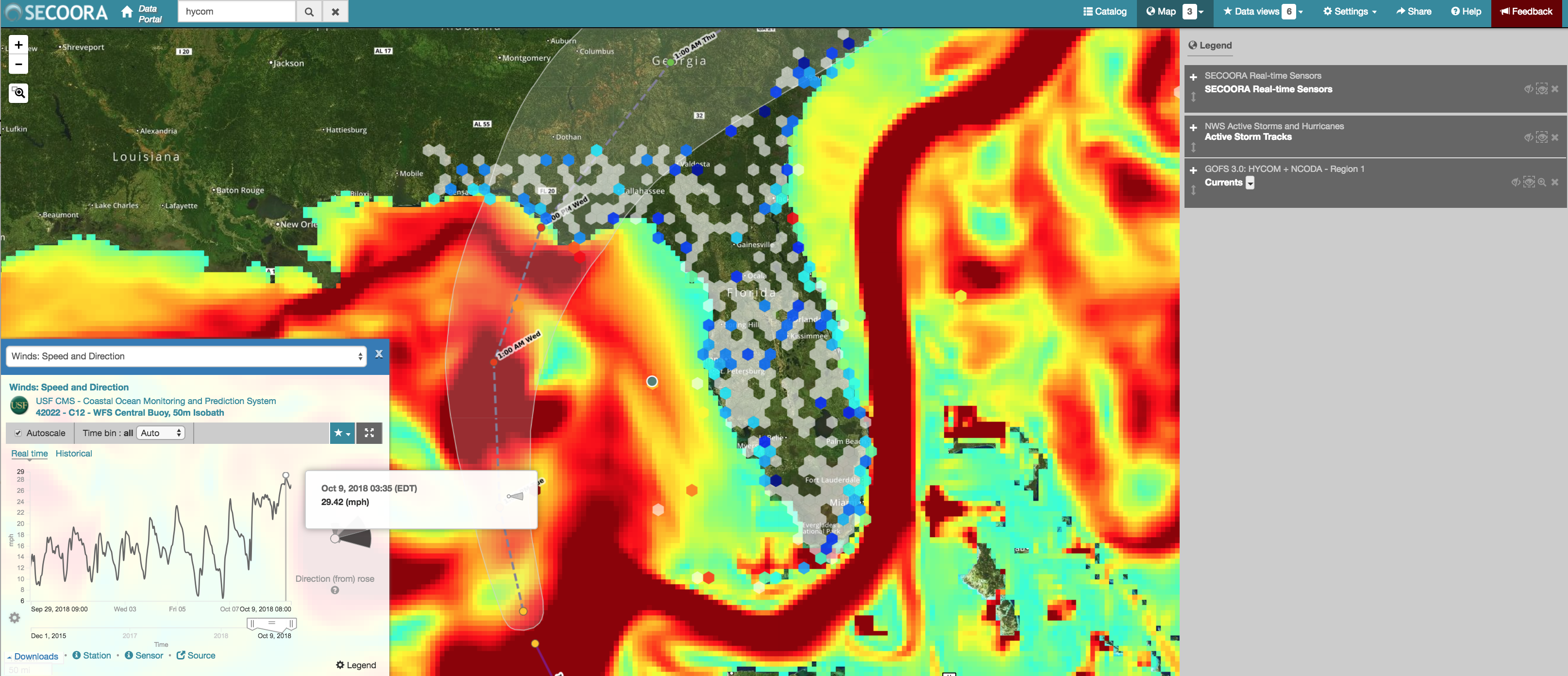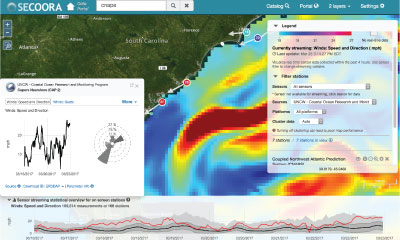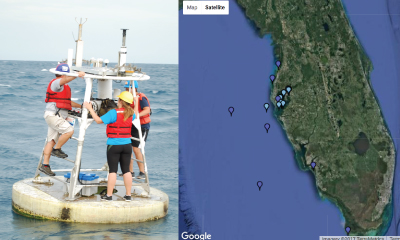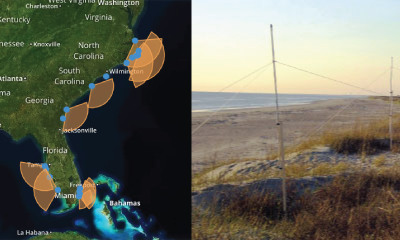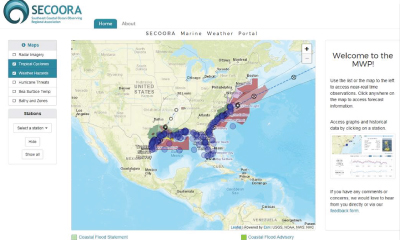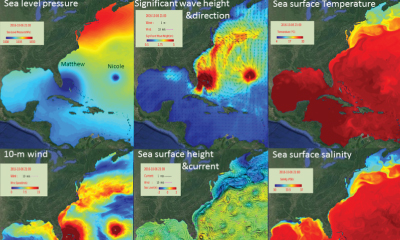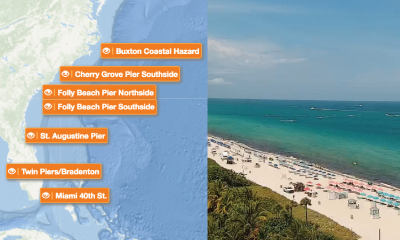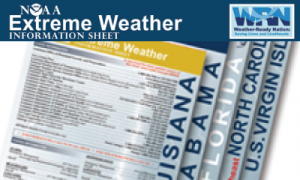Updated 5:00 PM 10/9/2018: SECOORA and GCOOS are watching Hurricane Michael as he moves in the Gulf of Mexico.
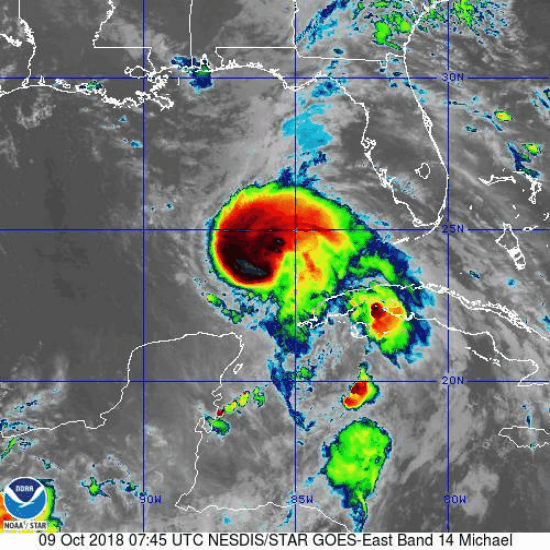 Hurricane Michael has upgraded to a Category 3 hurricane on Saffir-Simpson Hurricane Wind Scale and is moving toward the north near 12 mph (19 km/h).
Hurricane Michael has upgraded to a Category 3 hurricane on Saffir-Simpson Hurricane Wind Scale and is moving toward the north near 12 mph (19 km/h).
On the forecast track, the center of Michael will move across the eastern Gulf of Mexico through tonight. The center of Michael is then expected to move inland over the Florida Panhandle or Florida Big Bend area on Wednesday.
Maximum sustained winds have increased to near 120 mph (195 km/h). Additional strengthening is expected, and Michael is forecast to be a major hurricane at landfall in Florida. Click here to read the Hurricane Michael Advisory Number 13 from NOAA National Weather Service Hurricane Center.
Taking the Pulse of the Storm
SECOORA is watching Hurricane Michael as he moves in the Gulf of Mexico. Our assets are providing near real-time information the storm. Pictured above is the SECOORA Data Portal paired with the NWS Hurricane track plus the HYCOM modeled surface currents and real time sensors layers. Use the portal to visualize Michael’s track with other datasets.
View Live Feed of Michael as it Approaches
SECOORA supports a web camera in the path of Hurricane Michael located off Bradenton Beach in Manatee County, Florida. You can view the coastal waters in real time as the storm approaches. This is part of the NOAA NOS Web Camera Applications Testbed (WebCAT) project.
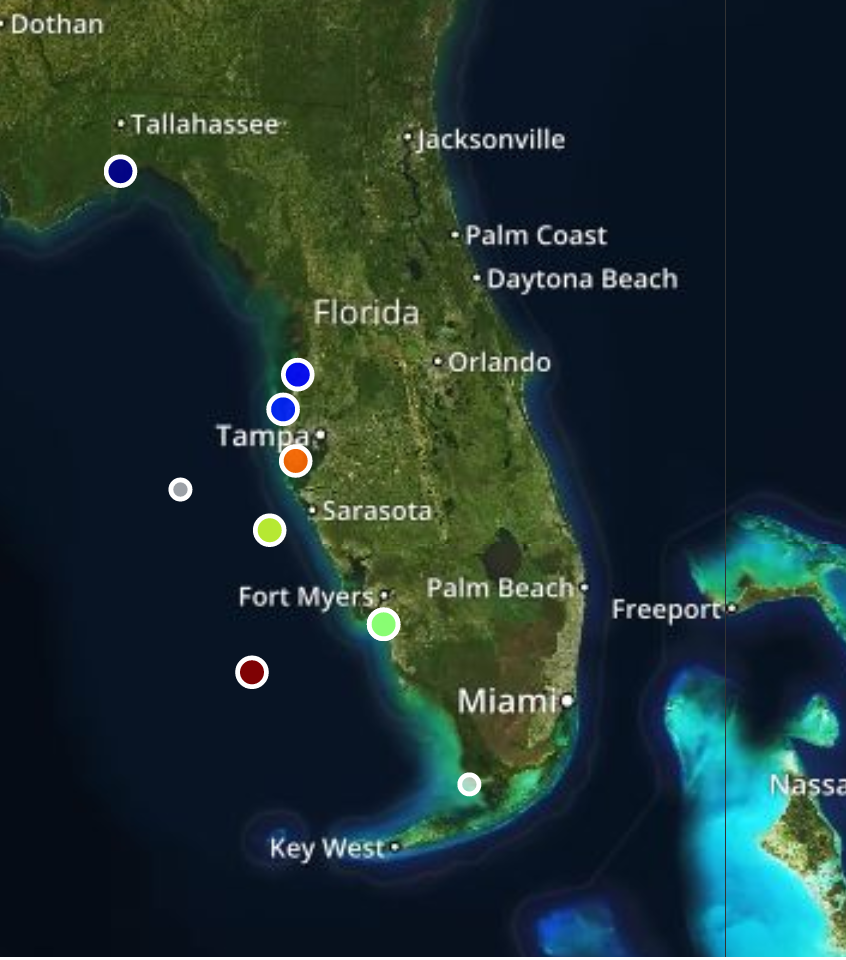 Buoys and Coastal Stations on the West Coast of Florida
Buoys and Coastal Stations on the West Coast of Florida
SECOORA, U.S. IOOS and partners support marine weather buoys and coastal stations off of the West coast of Florida (pictured to right). The information collected by these assets provide real time updates on the approaching storm’s wind speed and more. See below table for data.
Table of Buoys and Link to Data
| Station Name | GPS Locations | Station Type | Lead Organization |
| C10 | 27.1730 N 82.9240 W |
Buoy | USF |
| C12 | 27.5050 N 83.7410 W |
Buoy | USF |
| C13 | 26.0100 N 83.0860 W |
Buoy | USF |
| Shell Point | 30.0580 N 84.2900 W |
Shorebased Tower | USF |
| Aripeka | 28.4330 N 82.6670 W |
Shorebased Tower | USF |
| Fred Howard Park | 28.1530 N 82.8010 W |
Shorebased Tower | USF |
| Clam Bayou | 27.7360 N 82.6860 W | Shorebased Tower | USF |
| Big Carlos Pass | 26.4040 N 81.8810 W |
Shorebased Tower | USF |
Other Hurricane Michael Resources
Explore more Hurricane Michael data and other resources for the Southeast U.S. If we are missing a resource, please email abbey@secooraorgpact.wpengine.com to get it included! Jump to a resource:
- SECOORA Real Time Data
- Hurricane Tracking
- Storm Surge, Flooding, and Coastal Change
- Data, WebCams and Modeling
- IOOS Regional Associations and Other
SECOORA Real Time Data
|
|
|
|
|
|
|
SECOORA partners operates 13 High Frequency radars (HFR) in the Southeast. HFR provide surface current direction and speed. |
Hurricane Tracking
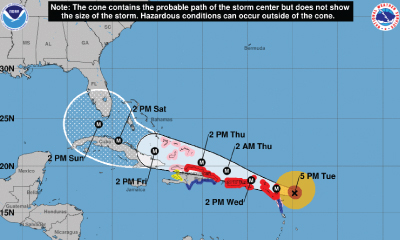 |
|
The National Hurricane Center (NHC) is the trusted source for hurricane information. Resources include predicted storm tracks and wind speed probabilities. |
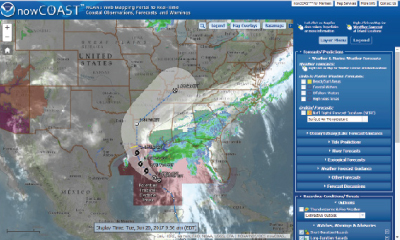 |
|
NOAA’s nowCOAST is a GIS-based online web mapping service which provides frequently updated weather and ocean observations, coastal and marine weather warnings and forecasts, and National Hurricane Center potential storm surge flooding maps. |
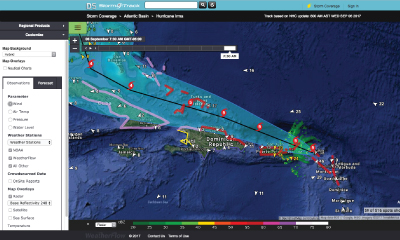 |
|
StormTrack allows you to see the latest predicted track of an identified storm. By using their wealth of real time observations, meteorological tools, and precision models, you can see exactly how each storm is progressing. Each storm page grants access to premium level data for the duration of the storm. |
|
|
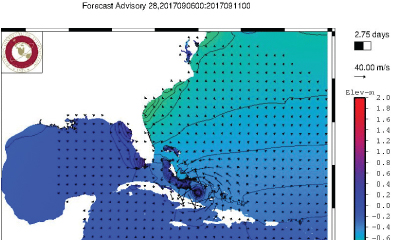 |
|
Real time coastal wind, wave, and water level guidance is presented for the east central Florida coast, focusing on the Indian River Lagoon and Brevard County. Model products available on the site include: ADCIRC+SWAN numerical model using NOAA’s North American Mesoscale (NAM) model and the latest forecast/advisory from the National Hurricane Center (NHC). |
Storm Surge, Flooding, and Coastal Change
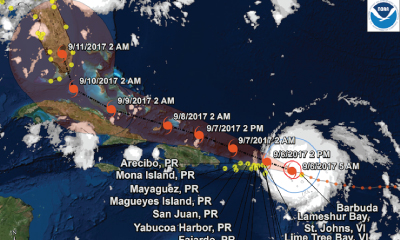 |
|
When NOAA issues a tropical storm warning for the U.S. or its territories, the Storm QuickLook is activated. This online tool is a snapshot of near real-time coastal and weather observations, the latest National Weather Service advisories, and time-series plots of water level and meteorological data at selected locations. |
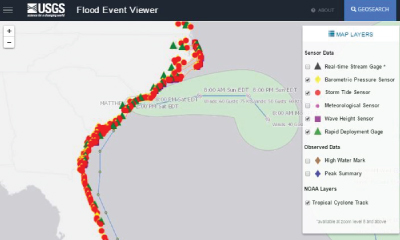 |
|
The USGS Flood Event Viewer (FEV) is the public data discovery component of the Short-Term Network (STN) database. It features 200+ USGS storm surge sensors and rapid deployment real-time gauges. |
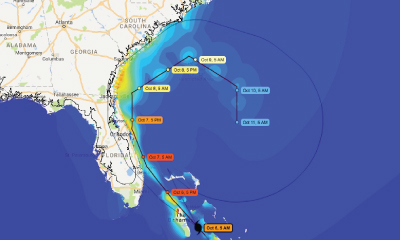 |
|
CERA is a component of the Advanced Surge Guidance System (ASGS). Based on the Advanced Circulation and Storm Surge model (ADCIRC), coupled with the SWAN Wave model, the ASGS generates real-time storm surge guidance for updating emergency response groups during a tropical or hurricane event. |
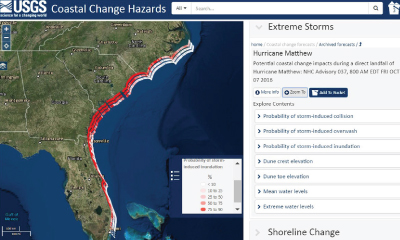 |
|
U.S. Geological Survey’s (USGS) Coastal Change Hazards Portal is an interactive portal that allows you access to forecasts on the probability of dune erosion, overwash, and inundation/flooding. The portal also allows you to view previous storm impacts. The portal is updated regularly as new NOAA surge forecasts are issued and include the impacts of waves and wave runup. |
Real Time Data, WebCams and Modeling
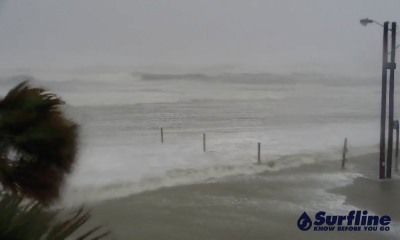 |
|
Surfline has cameras located all across the US. With many cameras in the SECOORA domain, users can choose a location and view live feeds of an approaching storm. They also have detailed surf zone forecasts provided by their LOLA wave model. In addition, explore their “Regional Forecast” and “Premium Analysis” products where a team of meteorologists provide value added observations and forecasts (written, video and audio) 365 days a year, with enhanced coverage during tropical events. |
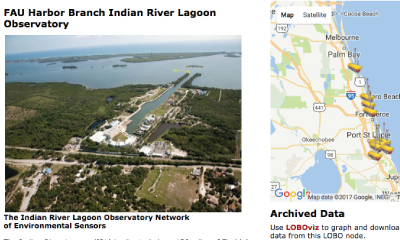 |
|
The Florida Atlantic University Harbor Branch operates Land/Ocean Biogeochemical Observatory (LOBO) units in the Indian River Lagoon and St. Lucie Estuary on the east coast of Florida. |
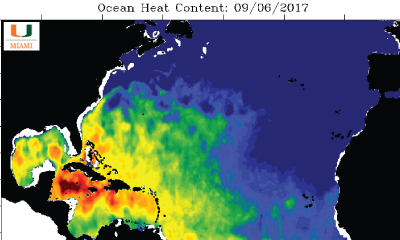 |
|
Ocean heat help fuel storms. The satellite derived sea surface temperature maps represents the integrated heat from the surface to the seafloor. Operated by Nick Shay, University of Miami Rosenstiel School of Marine and Atmospheric Science. |
|
|
|
NOAA NOS Web Camera Applications Testbed (WebCAT) provides an interactive web page to browse both live feeds and historical archived footage from five webcams in the Southeast US (Bradenton, FL; Miami, FL; St. Augustine, FL; Folly Beach, SC; Cherry Grove Pier, SC; and Buxton, NC). Users can choose a camera and view the coastal waters as the storm approaches. |
IOOS Regional Associations and Other
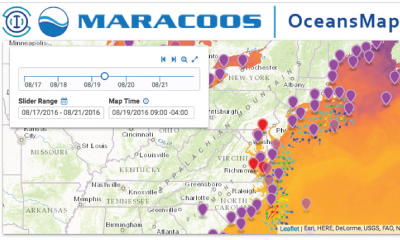 |
|
The IOOS region in the Mid-Atlantic, MARACOOS, operates a storm resource page for the East Coast. |
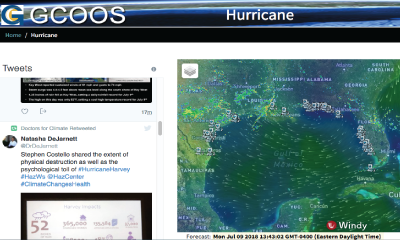 |
|
The IOOS region in the Gulf of Mexico, GCOOS, has a one-stop location for Gulf of Mexico data and information on extreme weather event such as hurricanes. |
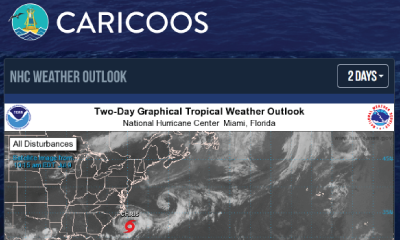 |
|
The IOOS region in the Caribbean, CariCOOS, has a Hurricane Season page the produces the most up to date information on hurricanes in the Atlantic. |
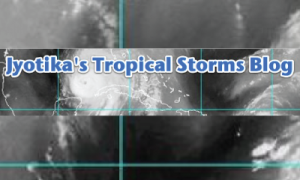 |
|
A fun and educational blog concerning tropical storms and witty weather forecasting. From baby blobs to hectic hurricanes, this blog combines science and humor to inform and entertain. |
|
|
|
The NOAA Extreme Weather Information Sheets (NEWIS) contains regional emergency contact and evacuation information for coastal residents that are particularly at risk from tropical storms and hurricanes. Updated annually, use the county, state, and national databases on their website to search for phone numbers and websites. |
